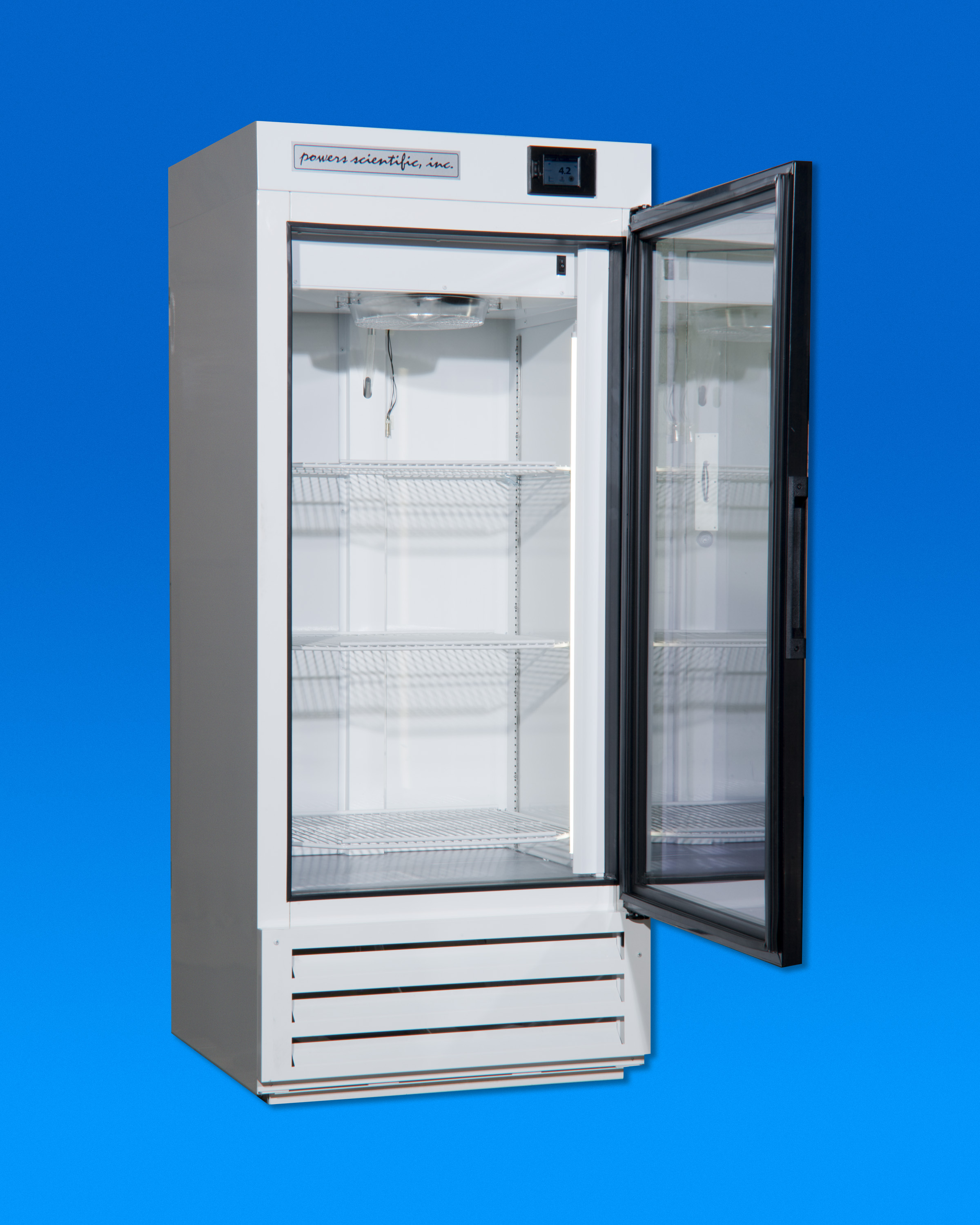One of the classic images of pediatric medicine in the United States is the image of a physician giving a vaccination shot. Like many other classic images of twentieth-century life in the US, this one is unsurprisingly immortalized in a Norman Rockwell painting. However, over the last few decades, it has become much more difficult for small practices to provide the vaccination services that they have historically been relied upon to give.
The cost to administer vaccines has risen sharply over that time period. In 1986, the cost of the five vaccines recommended for all children from birth to age 18 was $215. In 2014, the cost of those same five vaccines (adjusted for inflation) was $937: more than a four-fold increase! In addition, eight new recommended vaccinations were added in the intervening 28 years, requiring an additional $1,255 of medicine to fully vaccinate a child. Given this large increase in costs, maximizing the effectiveness of each batch of vaccines by minimizing the waste is very valuable, especially to small family-practice doctors and pediatricians. Storing vaccines properly is critical to making sure that the maximum amount of vaccine can be delivered effectively.
The Centers for Disease Control and Prevention (CDC) is the primary source of guidance for determining how vaccines should be stored to preserve their efficacy. For vaccines to be stored at refrigerator temperatures, the CDC’s vaccine storage and handling guidelines specify that the temperature should be maintained between 2 and 8 degrees Celsius, at all points on the shelves. Storing vaccines in refrigerators that have difficulty maintaining temperatures within that range (especially “dormitory” or bar-style refrigerators) can cause vaccines to lose their effectiveness which, at best, leads to expensive re-vaccination campaigns, if the temperature excursion isn’t recognized until after the fact. At worst, this leads to ineffective vaccines and a loss of resistance to the targeted diseases.
To help make sure that vaccines are stored at the correct temperature, the CDC offers several recommendations. First, they recommend that the vaccines be kept in a stand-alone refrigerator (or freezer, depending on the vaccine in question). Combined refrigerator-freezer chambers can have problems in the part of the refrigerator nearest the freezer, as those areas tend to be colder than the rest of the fridge and may drop below 2°C. Stand-alone units don’t have to deal with this issue and are therefore much better at maintaining temperature. The CDC also recommends a digital temperature display and data logging to be able to monitor the temperature and confirm that the vaccines are safely stored (known as cold chain verification).
Powers Scientific has many options available when it comes to vaccine storage, with chambers as large as 59 cubic feet able to maintain temperatures within the 2-8°C range required. However, for the small family-care or pediatric practice, a chamber that large is usually unnecessary. On the other end of the spectrum, our PS26SDZ is a great option for vaccine storage for smaller practices. This chamber offers 10 cubic feet of interior storage space, but the compact size (just over 5 feet high, 26 inches wide and 22 inches deep) makes it ideal for users where floor space is at a premium. The unit comes with casters pre-installed and the temperature control pre-programmed, so after it’s uncrated, it can be rolled into place and plugged in: no complicated install or setup processes required. The refrigerator comes with a glass door, which makes it easy to identify and catalog vaccine stock without having to open the door, reducing the temperature variations experienced by the vaccines.
The PS26SDZ also has a digital touch-screen control, mounted at eye level, on the front face of the chamber. This provides several features recommended by the CDC. The screen offers a large display of the current temperature in the chamber for easy reading, perfect for daily temperature logging per the CDC recommendation. The control also records temperature data by the minute to a micro SD card so that the performance of the chamber can be tracked over time. This data can either be viewed directly as a graph on the control’s screen (”scroll-back graph”), or the micro SD card can be removed and the data can be downloaded to a computer and analyzed with any spreadsheet program, such as Excel. This capability allows for long term data storage to verify the cold chain. Additionally, the control is equipped with an alarm to alert to a temperature excursion. The alarm has a relay for connecting to a dialer (like a Sensaphone type or a building alarm) so that a text message or email can be sent to designated personnel, maximizing the ability to protect the vaccines.
In the American Academy of Pediatrics (AAP) guide for refrigerators, freezers, and vaccine storage, certain features are recommended for inclusion on refrigerators used for vaccine storage. These features are: fully adjustable wire shelves, locks on the outside of the doors, digital thermostat controls, forced air circulation, and an alarm on door to detect door ajar situations. Our Pharmacy Refrigerators for vaccine storage can easily be set up with all these features: wire shelves (adjustable every half-inch), digital temperature and alarm control, and forced air circulation are all standard features. Door locks and a door alarm are both available as options.
For more information about our vaccine storage options, visit our Pharmacy Refrigerator page, Constant Temperature Refrigerator page, Contact Us page, or call us at (800) 998-0500.

